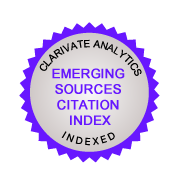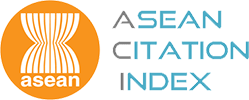Non-Parametric Cointegration Analysis of ASEAN-5 Real Exchange Rates
Keywords:
Non-parametric cointegration, Purchasing power parity, ASEAN economies, Non-linearity, EasyRegAbstract
This study employs the Bierens's (1997) non-parametric cointegration methodology to test the Purchasing Power Parity (PPP) hypothesis forfiz~e major ASEAN economies - Indonesia, Malaysia, the Philippines, Singapore and Thailand, with the U.S. and Japan data as base countries. The results provide evidence of mean reversion in dollar denominated real exchange rate for three ASEAN countries - Malaysia, Singapore and Thailand. These findings are in sharp contrast with those earlier studies using Johansen cointegration technique. Consistent with the interpretation of Coakley and Fuertes (2001), the discrepancy between the findings from both approaches is interpreted as a consequence of significant non-linearity in the real exchange rate adjustment to PPP. Further analysis reveals that the evidence of PPP is much stronger with the Japanese yen as the numeraire currency, thus supporting the notion that the choice of numeraire currency can and does matter for testing PPP hypothesis. These results provide strong evidence of the integration between the Japanese economy and those of ASEAN countries, which are closely linked in geographical, economic and trade terms. The increasing role of Japanese yen in the ASEAN region can be taken as providing empirical support for the formation of a yen dominated ASEAN exchange rate system, or a 'yen bloc'.
Additional Files
Published
05-06-2004
How to Cite
Lim, K.-P., & Lee, H.-A. (2004). Non-Parametric Cointegration Analysis of ASEAN-5 Real Exchange Rates. International Journal of Management Studies, 11(1), 41–56. Retrieved from https://e-journal.uum.edu.my/index.php/ijms/article/view/9159
Issue
Section
Articles












